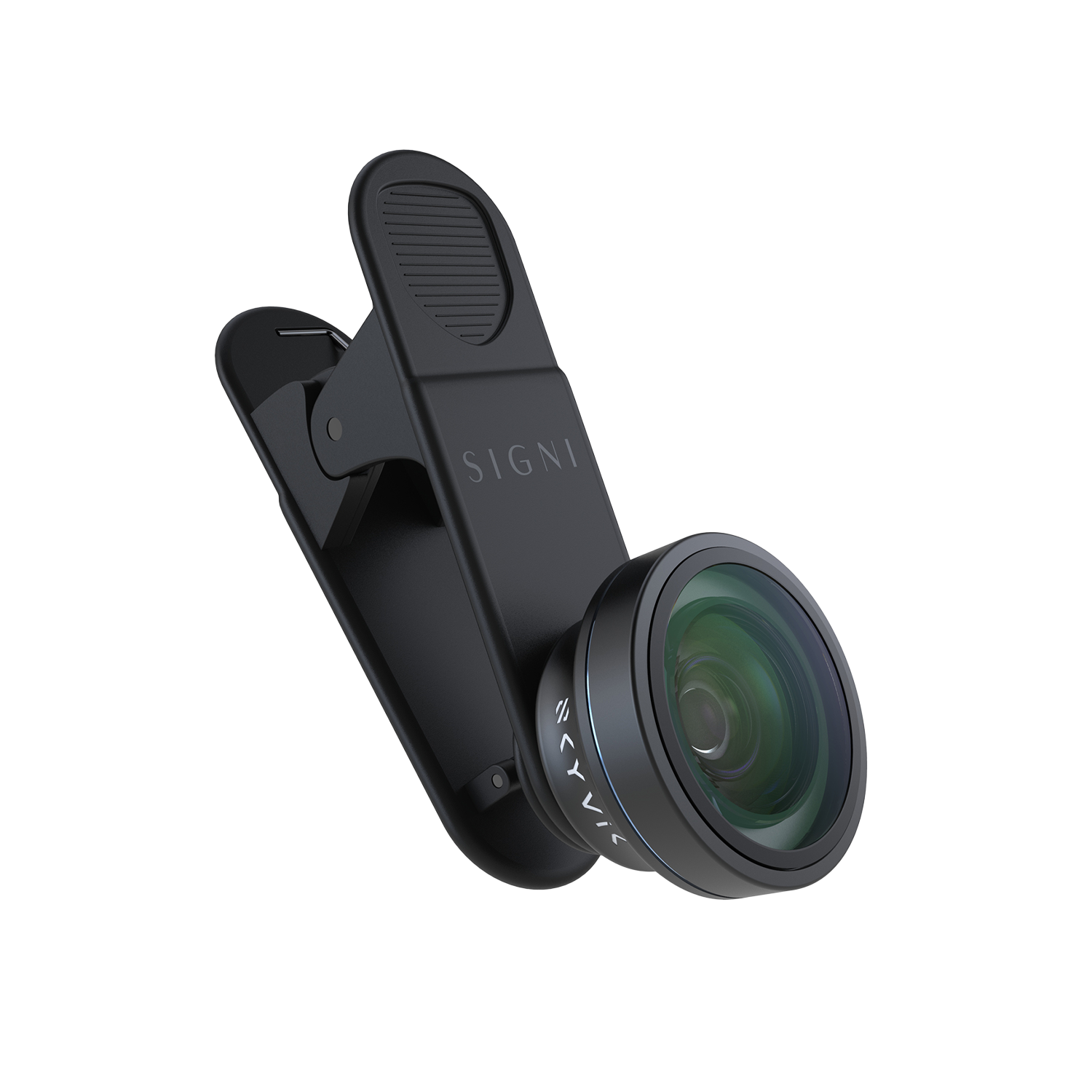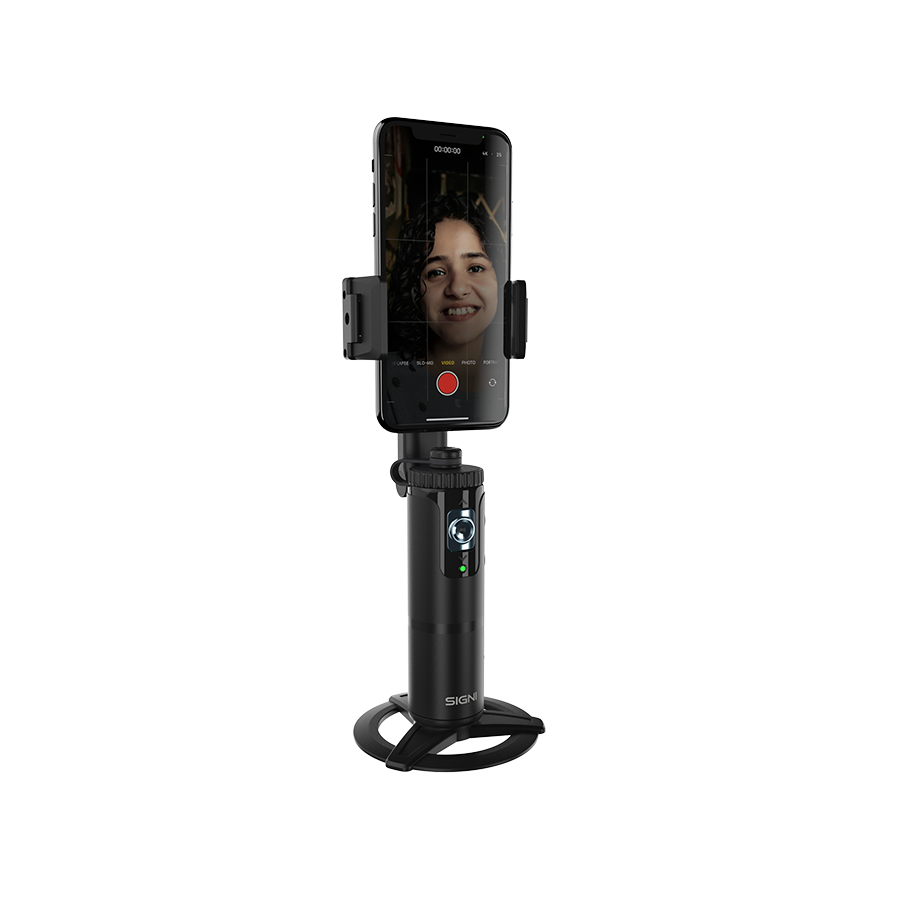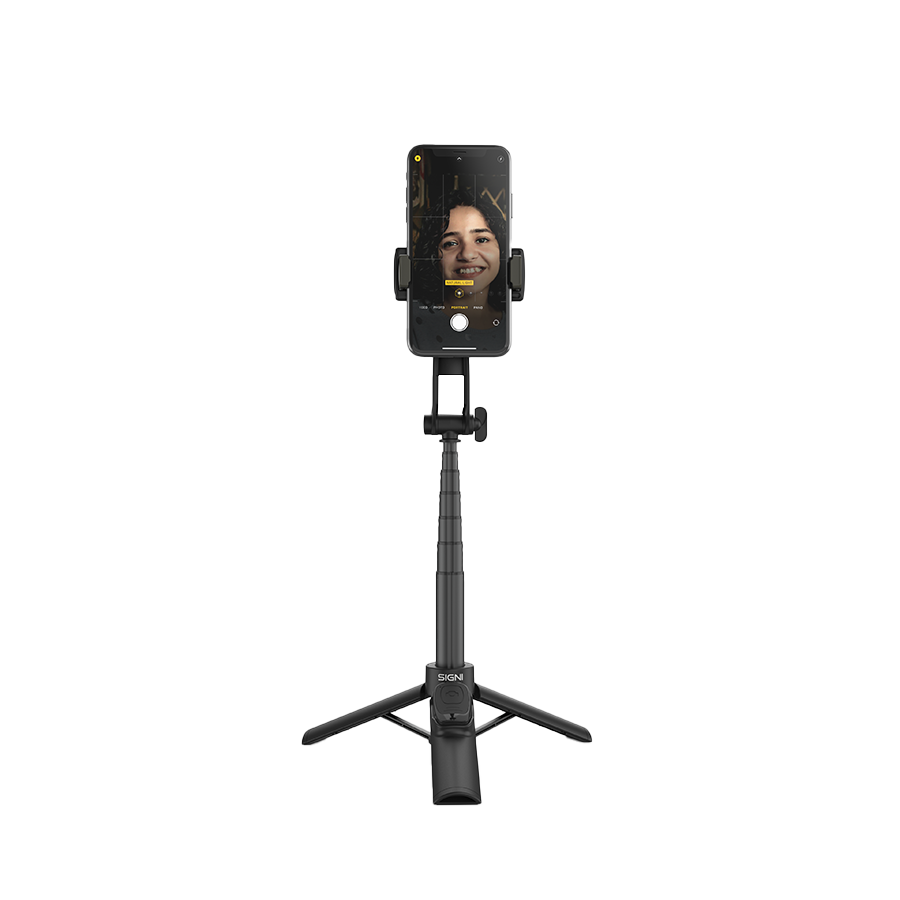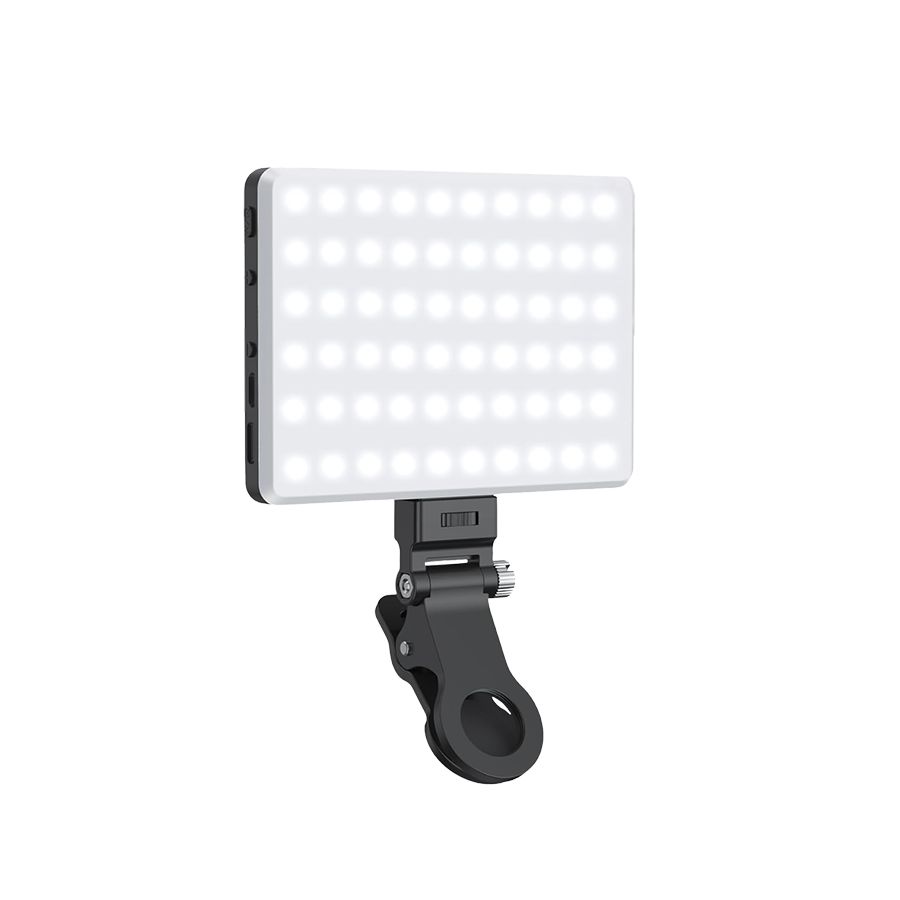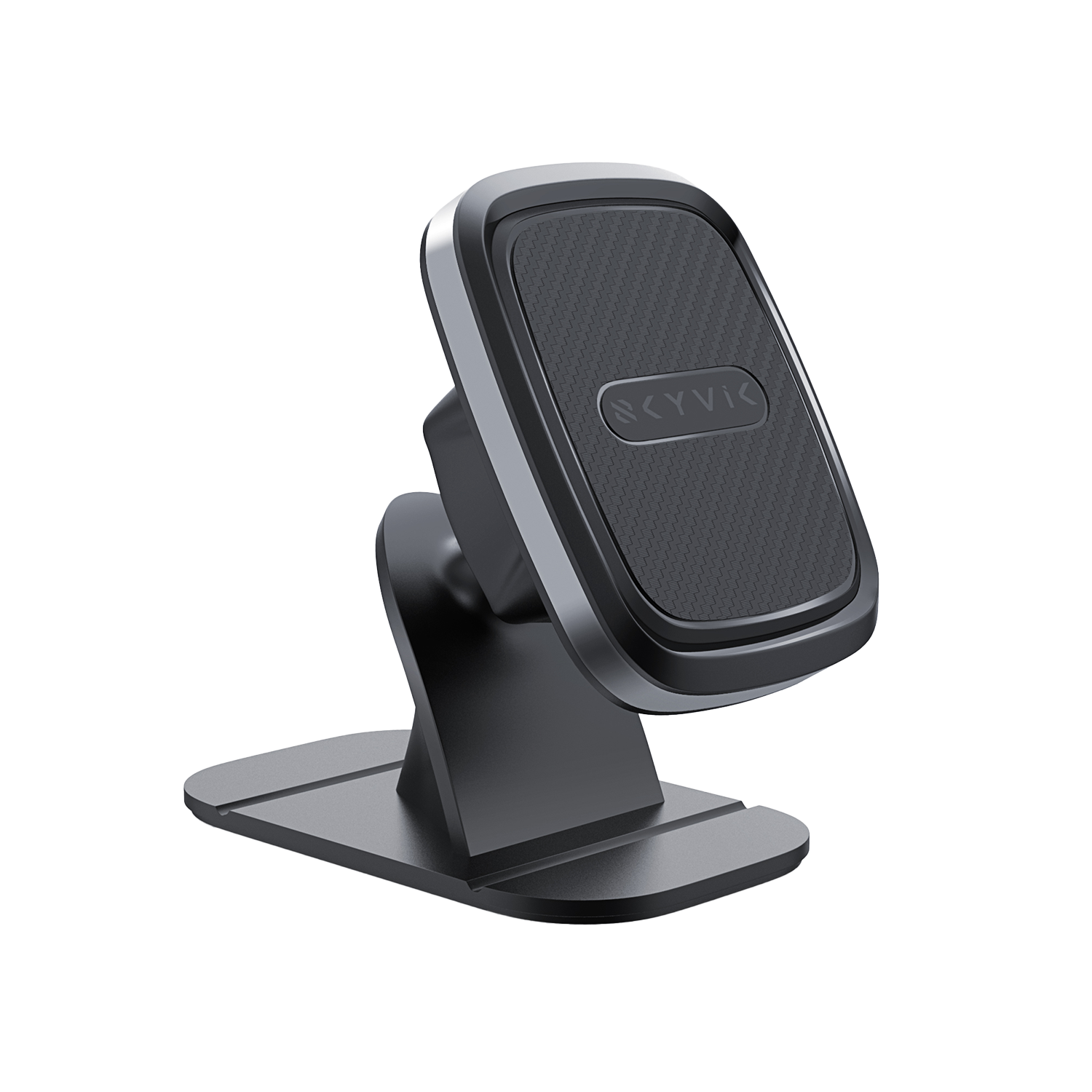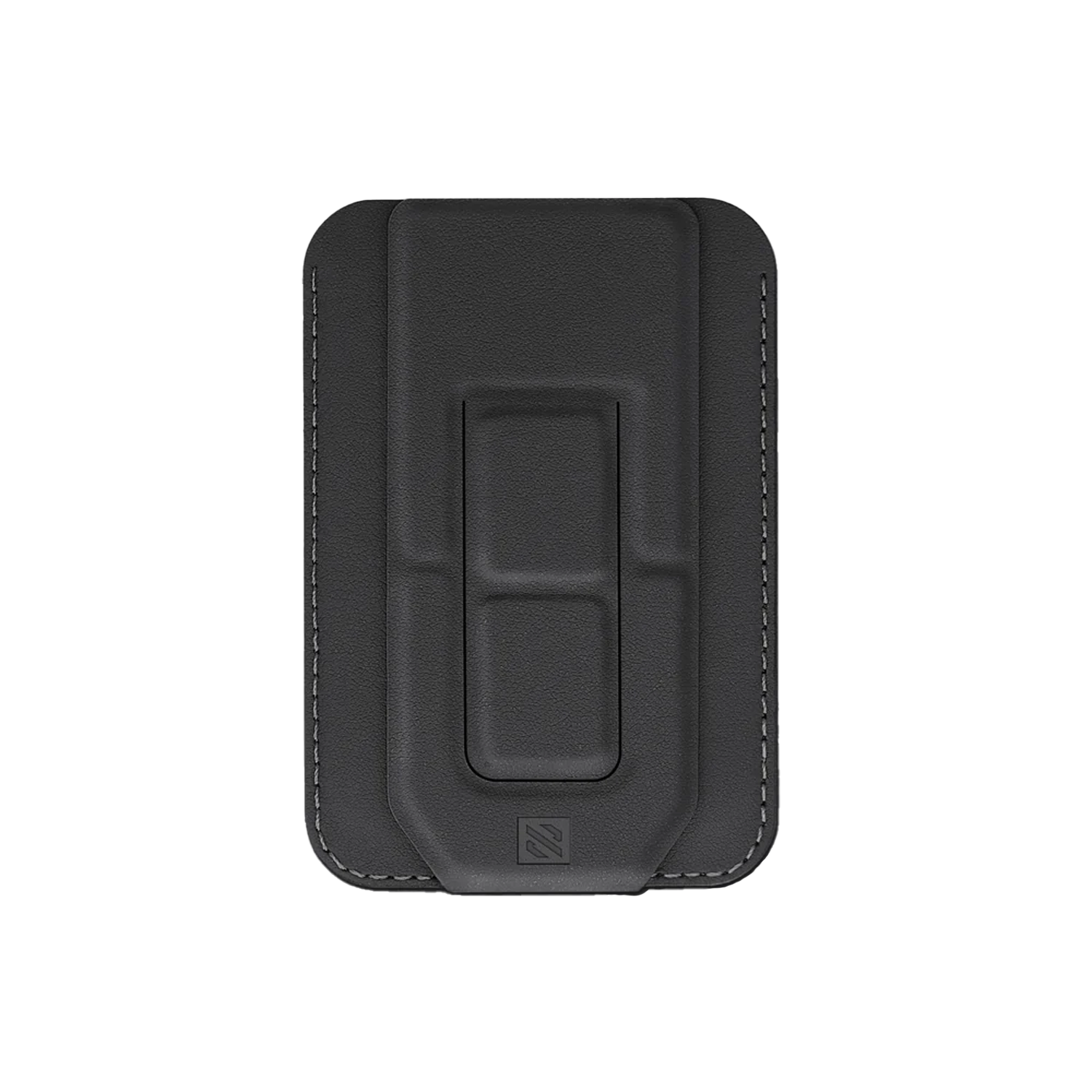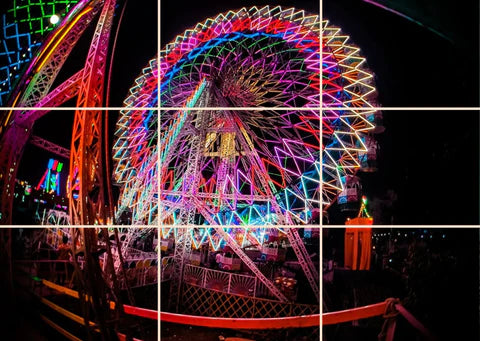MOBILE LENSES
Mobile Holders
Everyday Essentials

Rule of Thirds in Photography
3 min read
The rule of thirds is one of the fundamental principles of composition in photography. It's a powerful and versatile guideline that can significantly enhance the visual appeal of your images. Whether you're a beginner or an experienced photographer, understanding and applying the rule of thirds can take your smartphone photography to the next level. Let's explore what the rule of thirds is and how to use it effectively:
What is the Rule of Thirds?
The rule of thirds involves mentally dividing your frame into a 3x3 grid, creating nine equal parts with two vertical and two horizontal lines. This grid forms four intersecting points known as the "power points" or "points of interest." The rule suggests that you should position the key elements of your composition along these gridlines or at their intersections.
How to Use the Rule of Thirds?
1. Placing Your Subject
Instead of centering your subject in the frame, position it along one of the horizontal or vertical lines. This off-center placement adds visual interest and creates a more dynamic composition. For example, when photographing a person, try aligning their eyes along the top horizontal line.

2. Horizon Placement
When capturing landscapes, avoid placing the horizon line right in the middle of the frame. Instead, position it along either the upper or lower horizontal line, depending on whether you want to emphasize the sky or the foreground.

3. Balancing Elements
The rule of thirds can help you balance different elements within your frame. If you have a dominant subject on one side, consider placing a secondary element along the opposite line to create harmony and balance.

4. Leading Lines
Leading lines can guide the viewer's eye through your composition. Aligning leading lines with the gridlines or points of interest enhances the sense of depth and makes the image more engaging.

5. Group Portraits
In group portraits, align the faces of the subjects along the gridlines or intersections. This ensures that each person gets equal visual attention and creates a harmonious group composition.

6. Composing Landmarks
When photographing landmarks or architectural structures, use the rule of thirds to highlight specific features. Position key elements, such as the peak of a building or the arch of a bridge, along the gridlines for a more dynamic and balanced composition.

Breaking the Rule
While the rule of thirds is a valuable guideline, remember that rules in photography are meant to be broken. There will be instances where centering your subject or deviating from the grid produces a more impactful image. The key is to understand the rule of thirds, experiment with it, and know when to use it or when to break free from it creatively.

Rule of Thirds in Post-Processing
If you've taken a photograph that doesn't adhere to the rule of thirds, don't worry! Many photo editing applications allow you to crop and reposition your image during post-processing. Take advantage of these tools to fine-tune your composition and align key elements with the gridlines.

Practice Makes Perfect
Like any aspect of photography, mastering the rule of thirds requires practice. Train your eye to see compositions in terms of the 3x3 grid and make a conscious effort to apply the rule in your smartphone photography. As you become more proficient, you'll find yourself naturally composing images that are visually compelling and impactful.

Embrace Your Creativity
While the rule of thirds is a powerful tool, don't be afraid to explore other composition techniques and experiment with different styles. Photography is an art form, and the best images often result from a blend of technical knowledge and creative expression. Trust your instincts and let your creativity shine through in your smartphone photography.

In conclusion, the rule of thirds is a valuable composition technique that can elevate your smartphone photography. By placing your subjects and key elements along the gridlines or intersections, you'll create visually engaging images that captivate your audience. Embrace the rule of thirds, practice regularly, and have fun expressing your unique vision through your smartphone lens!

